6 Yoga Postures for Staying Fit in your 60s
Why is Yoga Good for Staying Fit in your 60s?
Our body’s muscles are connected to each other with tendons or ligaments that tighten when they are not moved regularly. Yoga can help stretch these muscles and their connectors that lets us move pain-free.
Although there are several light exercises that can help you stay fit in your 60s, yoga is easy and has a very low risk of injury. Here are some more reasons why you should practice yoga poses for fitness in your 60s:
Good Balance:
Maintaining balance when standing up or walking becomes harder as we age. Yoga postures help strengthen muscles that improves our focus, and stability. This can help reduce the risk of falling as you age when your muscles are strengthened.
Having good balance is essential for being able to perform activities on your own and stay independent. Yoga can help you feel strong enough to take longer walks and pick up heavier loads with relative ease.
Health Benefits:
Many health problems such as indigestion, inflammation of joints and lethargy can be due to inactivity. Yoga can help get rid of most problems and has spiritual and mental benefits as well.
Yoga is also effective in reducing the symptoms of arthritis. Arthritis can cause joints to become immoveable due to poor nourishment and lack of exercise. Yoga postures are excellent for making the joints more used to movement and strains.
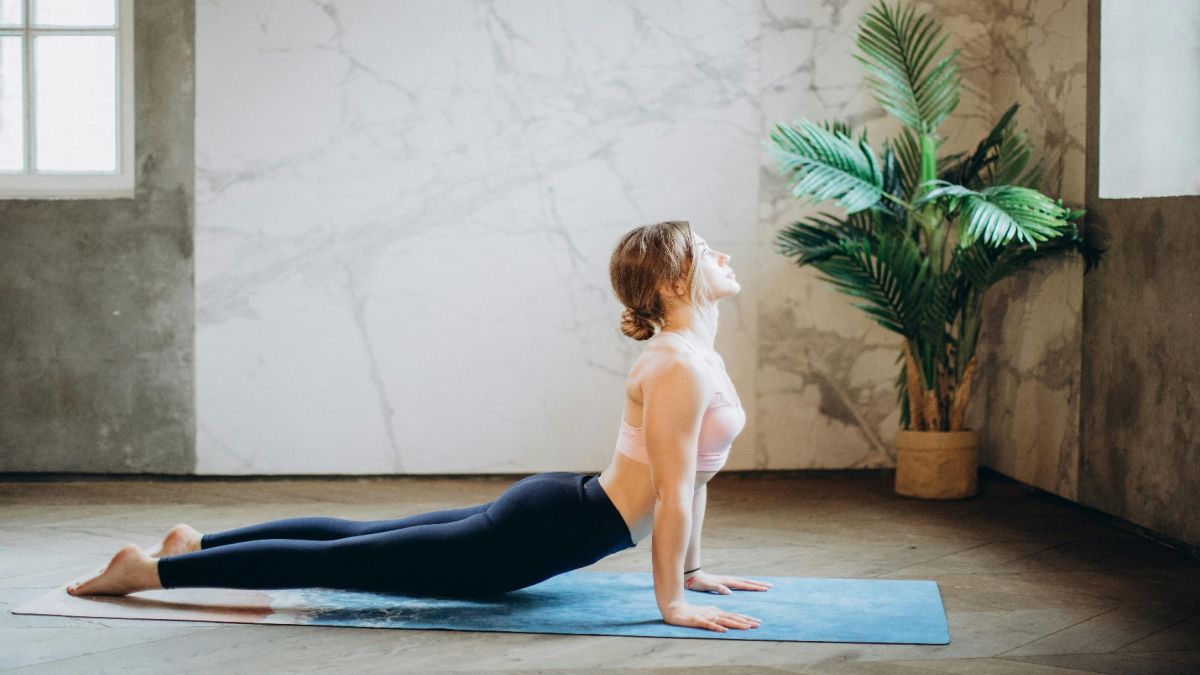
Min-Body Connection:
Yoga postures are not just about physical but also mental health and spirituality. It helps connect the body to the mind and improve the overall well-being of a person.
As you enter 60s, you might feel stressed due to changing lifestyle, yoga can help you manage stress and release it in a healthy way.
It emphasizes mindful breathing that strengthens the connection between your mind and body. As you exhale your breath, imagine your stress leaving your body along with this air.
6 Yoga Postures for Staying Fit in your 60s
Mountain Pose
How to:
Mountain pose improves your balance and makes you feel more grounded. To do this pose, stand up on your feet such that the heels of both your feet are close together and your toes point outward.
Take deep breaths such that your diaphragm moves up and down. As you exhale, relax your shoulders. Keep your head straight and spine aligned while standing up.
This pose can also help you warm up therefore you can stay in this pose for a few minutes to help you feel stable.
Benefits:
Mountain pose is the foundation of all the yoga poses and in Sanskrit is known as Tadasana which means mountain or foundation.
Although it is a simple pose, it helps you improve your balance as you stand with your heels close together. The movement of chest and shoulder helps your body destress and loosen up.

Tree Pose
How to:
Tree pose is excellent for improving the strength of your abdomen and lower body. Stand straight and put one foot on the inner thigh of your other leg a little above the knee.
Bring your hands close together such that your palms touch and the arms are raised to your chest for prayer or on the top of your head. Hold the pose for 10 to 20 seconds or hold longer if you feel you can balance for longer.
Benefits:
Tree poses can help you open your core, strengthen your glutes and stretch the muscles of your legs. The pose requires exceptional balance. This helps build better balance in your 60s.
Bird Dog
How to:
Bird dog pose involves the use of your abdominal muscles and your back. To practice the pose, on a yoga mat, sit on all four and stretch one arm forward and at the same time push the opposite leg backwards.
Try to keep your back as straight as possible and your head straight while looking at the mat below you. Take a deep breath and exhale, keep the posture for 20 seconds and switch to the other arm and leg. Keep switching and repeat 5-10 times.
Benefits:
The bird dog pose works several muscles of your body including glutes, core, shoulders, arms, legs and hamstrings. It also improves mind and body coordination as your switch the posture to extend opposite arm and leg every few seconds.
Downward Facing Dog
How to:
You’ll be using your core strength for this posture. Get on all four and push your hips backwards and up.
Your feet and palms of your hands must be touching the ground. Involve your abdominal muscles to keep your body stable and take deep breaths. Hold for 20-30 seconds and then let go.
Benefits:
This posture builds abdominal muscle strength that also helps improve digestion. It also stretches your hamstrings and increases your core strength.
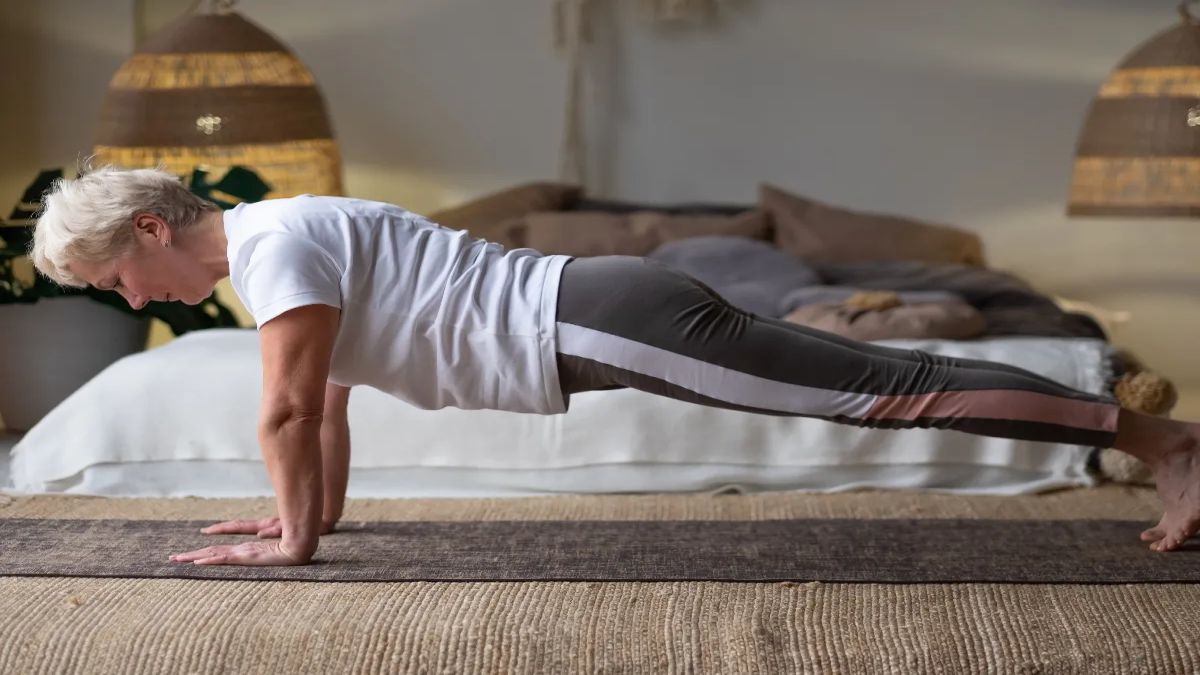
Sphinx
How to:
The sphinx pose helps you open your chest and strengthen your spinal cord. For this posture lie down on your mat facing downwards. Place your arms straight on the mat such that your palms and elbows touch the mat. Push your chest up and look forward.
Benefits:
This posture can help your get rid of pain in your back and strengthen your spine.
Cobbler’s Pose
How to:
For cobbler’s pose, you need sit with your back straight on your yoga mat. Bring your feet together and open your knees out to the sides and hold your feet with your palms. Breathe deep breaths and release. Continue for 30 seconds.
Benefits:
This pose is especially good for uterus and bladder health in women. It can also help you stretch your ankles and knees.
Bottom Line
As a beginner, you should stick to easy yoga postures and build your way up. Remember to take deep breaths and feel the stress leave your body. It is also essential to enjoy your yoga workouts that help you stay fit and embrace your body as you age.
OTHER NEWS
-
- Possible causes of swelling in both ankles
- By Jason 06 Mar,2024
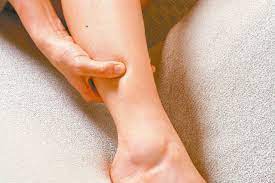
-
- How to determine if you have rhinitis
- By Dr. James 12 Apr,2024

-
- Non-allergic rhinitis—vasomotor rhinitis
- By Dr. James 12 Apr,2024

-
- The Latest Advances in Dental Implants: What You Need to Know
- By Prodosh Kundu 07 Aug,2024

-
- Influences and Innovations in Dental Health
- By Roha Tariq 07 May,2024

-
- How to Prevent Physical and Mental Inactivity in Elders
- By Syed Hassan Sabeeh Kazmi 17 May,2024
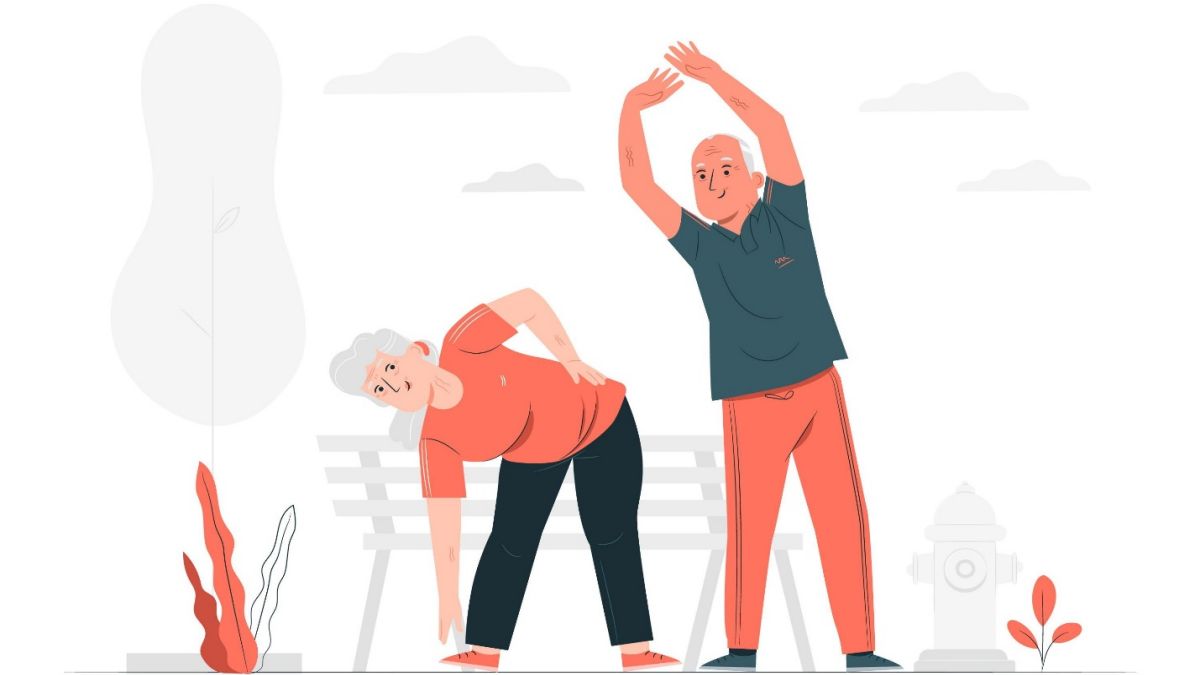
-
- Health Checkups and Tests You Need
- By Fatima Amir 23 May,2024

-
- Rehabilitation training after fracture involves reduction
- By Jason 05 Mar,2024

-
- Pain relief after injury
- By Jason 06 Mar,2024

-
- Health Checkups Men Should Not Skip
- By Fatima Amir 23 May,2024

-
- 6 Yoga Postures for Staying Fit in your 60s
- By Fatima Amir 17 May,2024
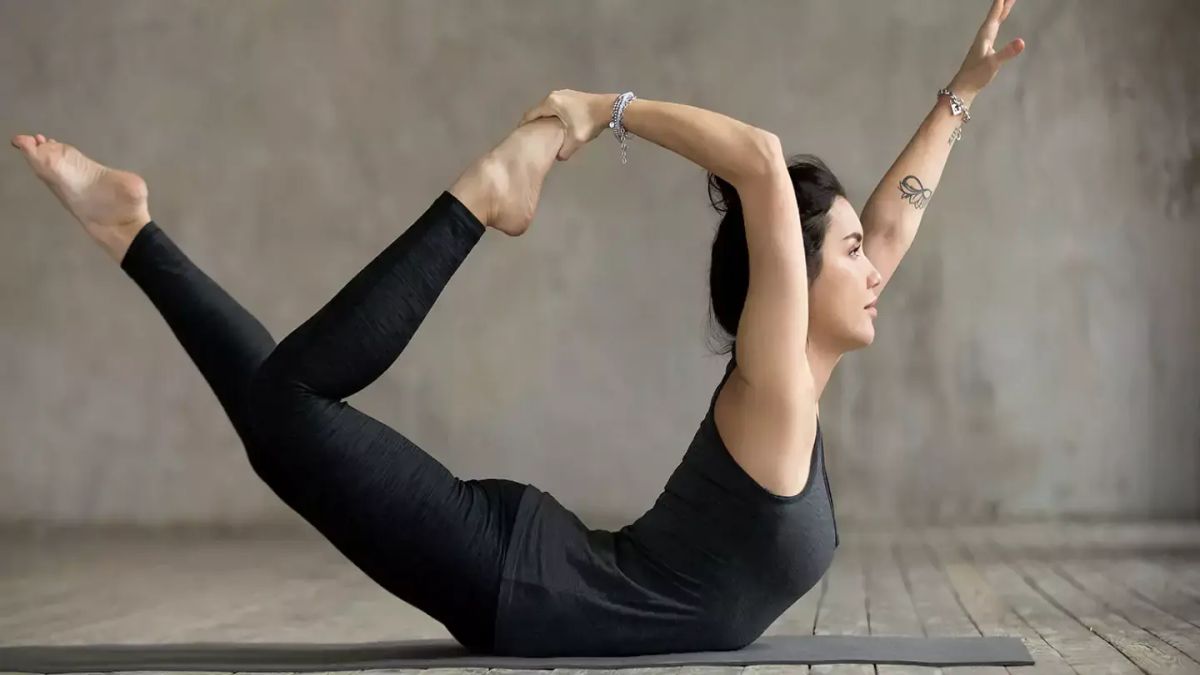
-
- Early Signs of Lung Cancer You Should Never Ignore
- By Prodosh Kundu 14 Aug,2024

 1
1 1
1